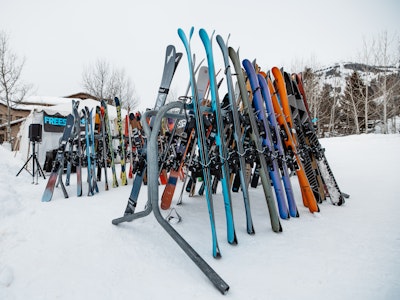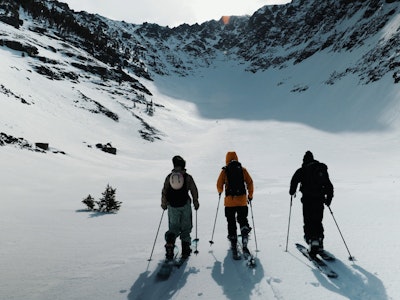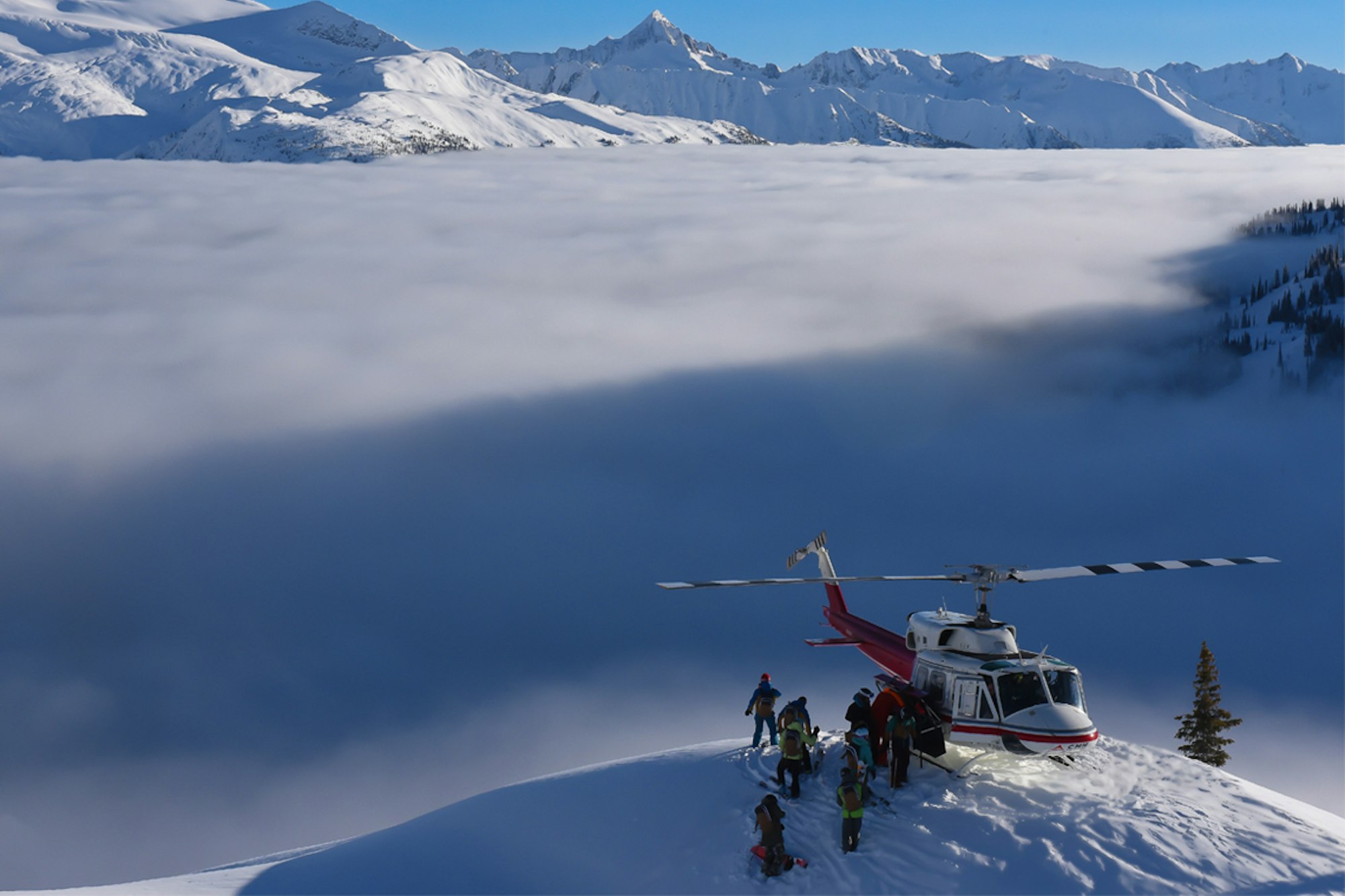CMH Heli-Skiing
Meet Dave Cochran, legend among CMH’s legendary guides
Words • Bryan Reynolds | Featured Image • Danny Stoffel
The helicopter ride up the Bugaboo Mountains with their unique glaciers and panorama of glistening bold faces blending into tree-packed pitches offers a sheer variety of magnificent lines for which excitement knows no limits. Accessible only by helicopter, CMH Heli-Skiing & Summer Adventures’ luxury lodge is situated ideally in the upper foothills, surrounded by spectacular vistas and towering spires. Like CMH’s other 11 lodges across Canadas’ Selkirks, Monashees, Cariboos, and Purcells mountain ranges, the Bugaboos, which was CMH’s very first lodge, exemplifies the company’s 50 years of making heli-skiing available to people who dream of skiing in breathtaking beauty by day and then being wined, dined, and mollycoddled extravagantly by night. CMH is elegant gourmet all the way.
Yet, most important to the heli-skiing experience, beyond the phenomenal terrain and CMH’s deluxe accommodations and hospitality, are the expertly trained guides who bring the awesomeness of Mother Nature into perfect harmony with the expectations and aspirations of the powder hounds who come from all over the world to heli-ski the Canadian Rockies. The primary functions of the guides are to ensure your safety and that you ski the best possible untracked lines daily. At CMH, this is the baseline for what their guides do, and when I was at the Bugaboos last March, the expertise, leadership and graciousness of one guide in particular, who also happened to be the Head Guide, far exceeded anything for which I could have hoped. David Cochrane is a legend. He has worked as a guide for 40 years, and, at 63, is retiring this year as the Area Manager at CMH’s Bugaboos lodge. Fortunately for their guests, Dave will continue to work as a ski guide.
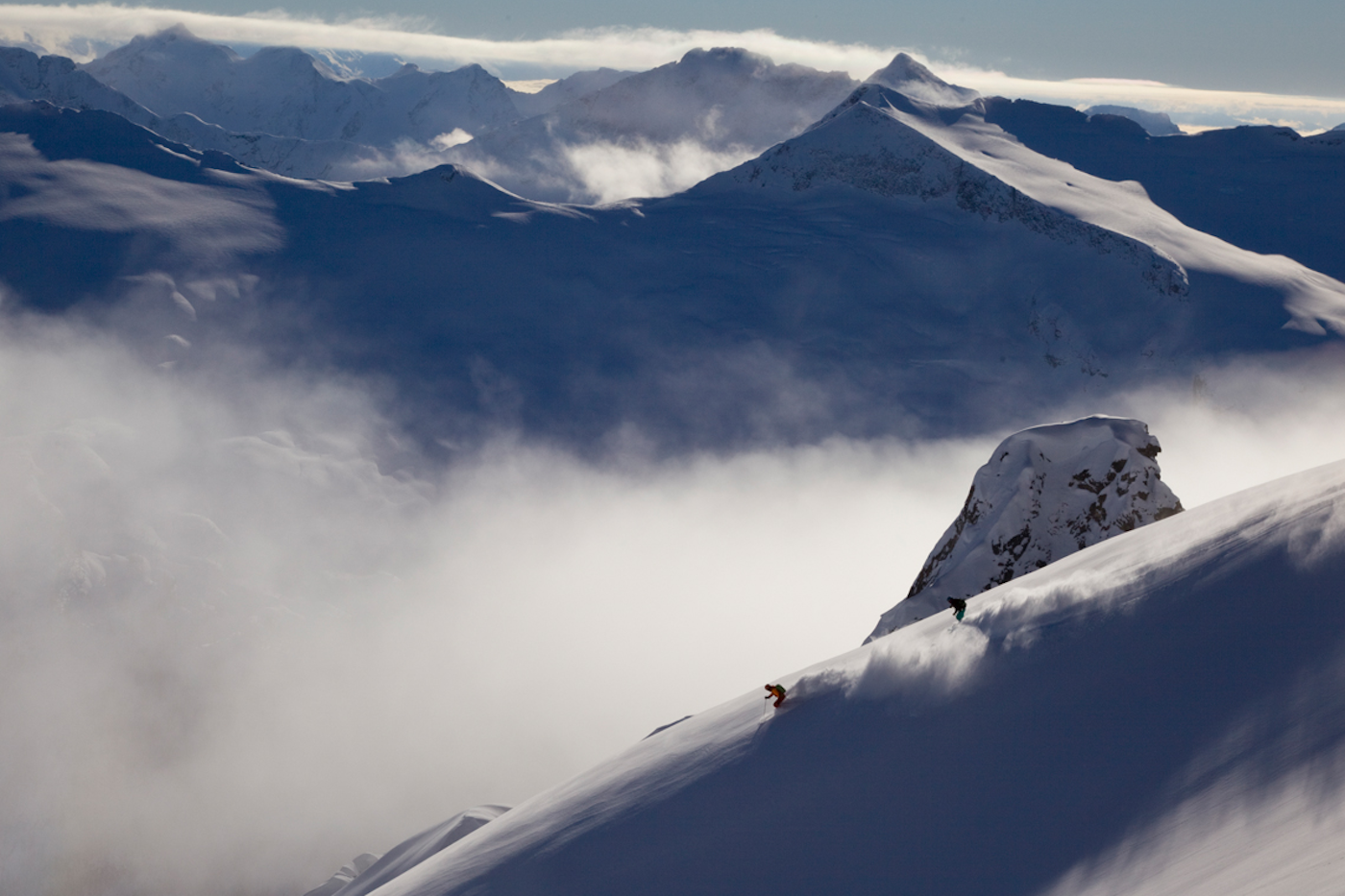
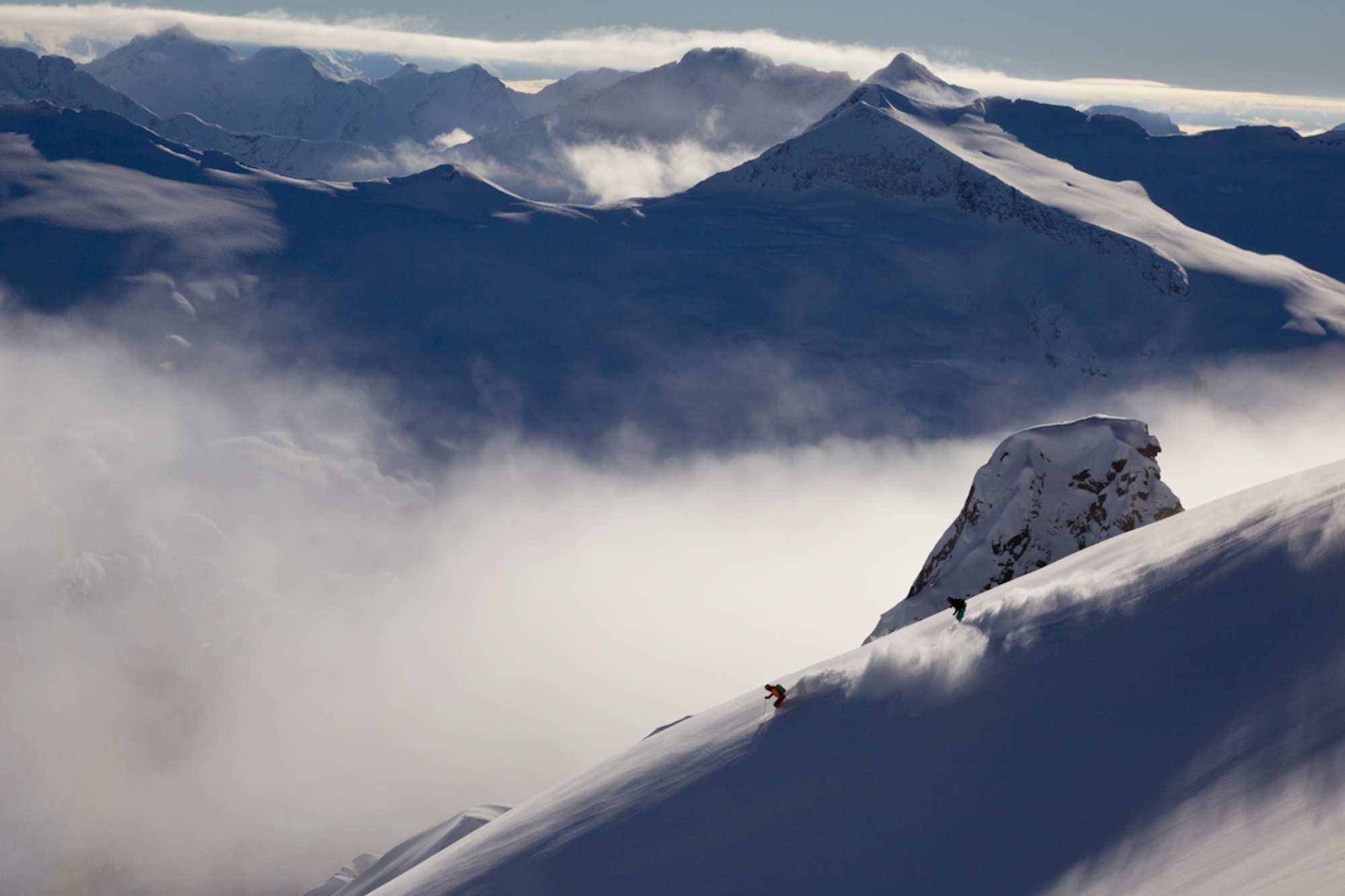
Image: Courtesy of CMH
Each time we exited the heli on top of the mountain, got our skis on and were ready to roll, Dave would say, “We are 10, and we are skiing…” name of run (Wildcat, Dropoff, and Cannon Barrell, being some of Dave’s favorites). Everyone in my group had a partner who was a guest, except for me, so Dave was my partner. Over the years, I have skied with many famous and great skiers, and I can tell you that the ski guides at CMH are among them. Imagine that the average pro freeride skier goes on two or three heli-skiing trips in a season, and that the guides at CMH ski some of the world’s most challenging mountains every day. Not only that, but they are skiing with the safety of others in mind, so they need to scan continuously for every possible threat on the mountain. Their high level of awareness practically makes them a different species, some crazy hybrid between human, goat and gazelle. At one point, I spotted with tremendous enthusiasm a natural snow mass from which I could send it into what looked like an ocean of fresh pow. Dave interjected, “See the traces of the wind’s change in direction across the surface in that hollow– that indicates that underneath there is likely a thin layer of ice from which the top layer on the cornice will break loose.” He then skied ahead, deliberately triggering it to avalanche from a safe line. We watched dumbfounded. I have never felt more confident than when skiing with Dave Cochrane. In the next moment, he identified the perfect snowdrift from which to catch huge air, safely.
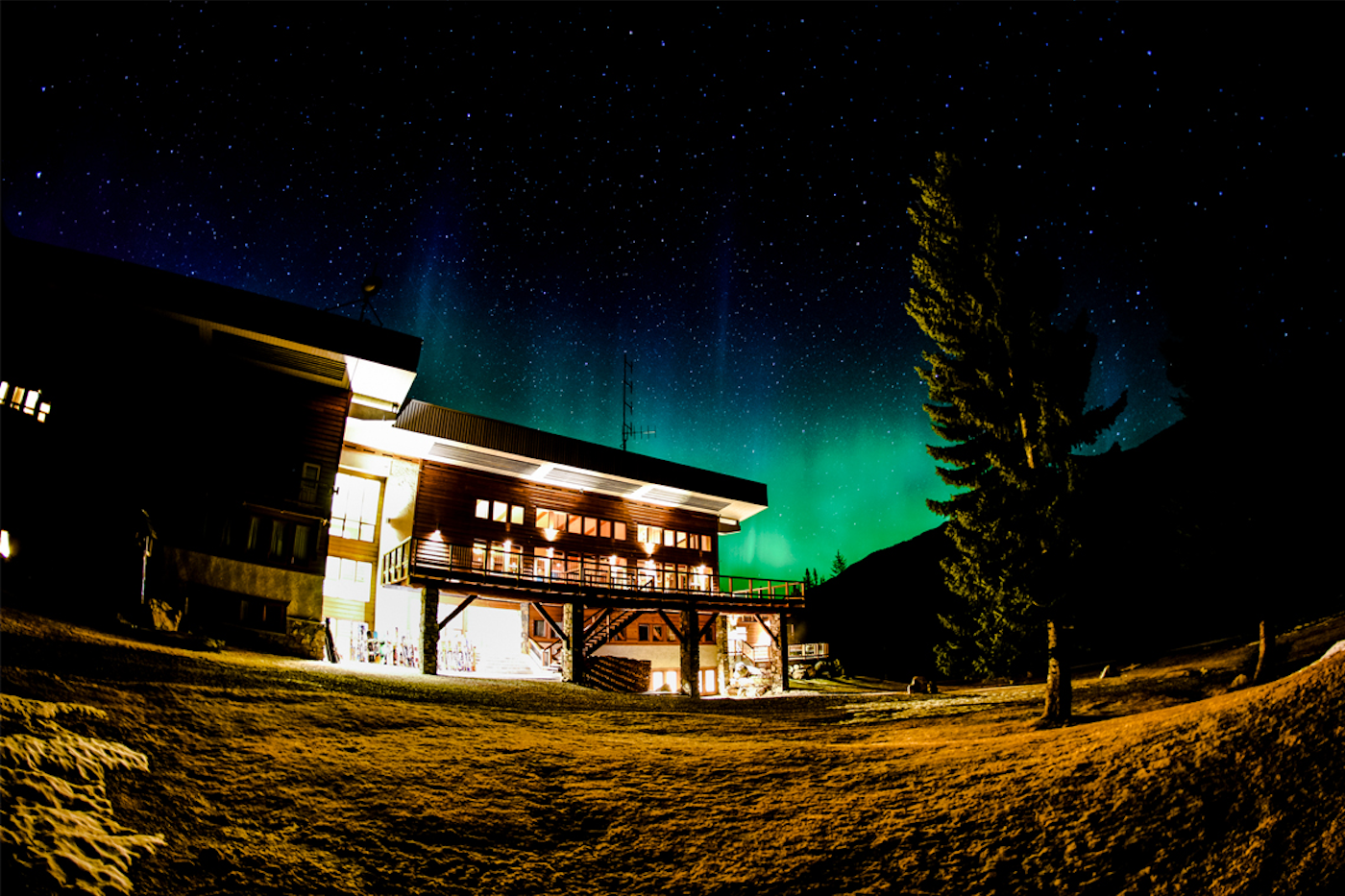
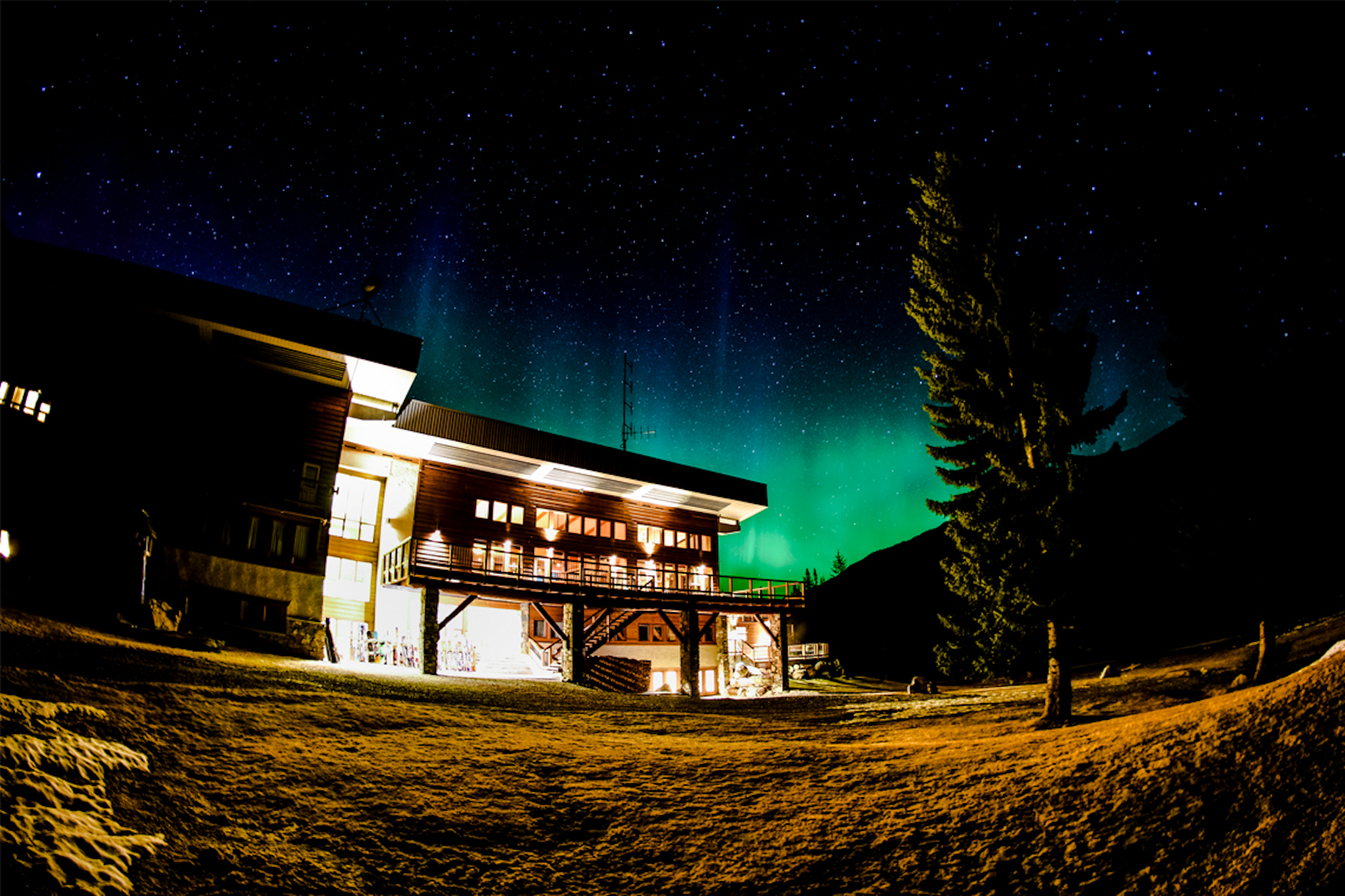
The CMH Bugaboos Lodge. Image: The Public Works
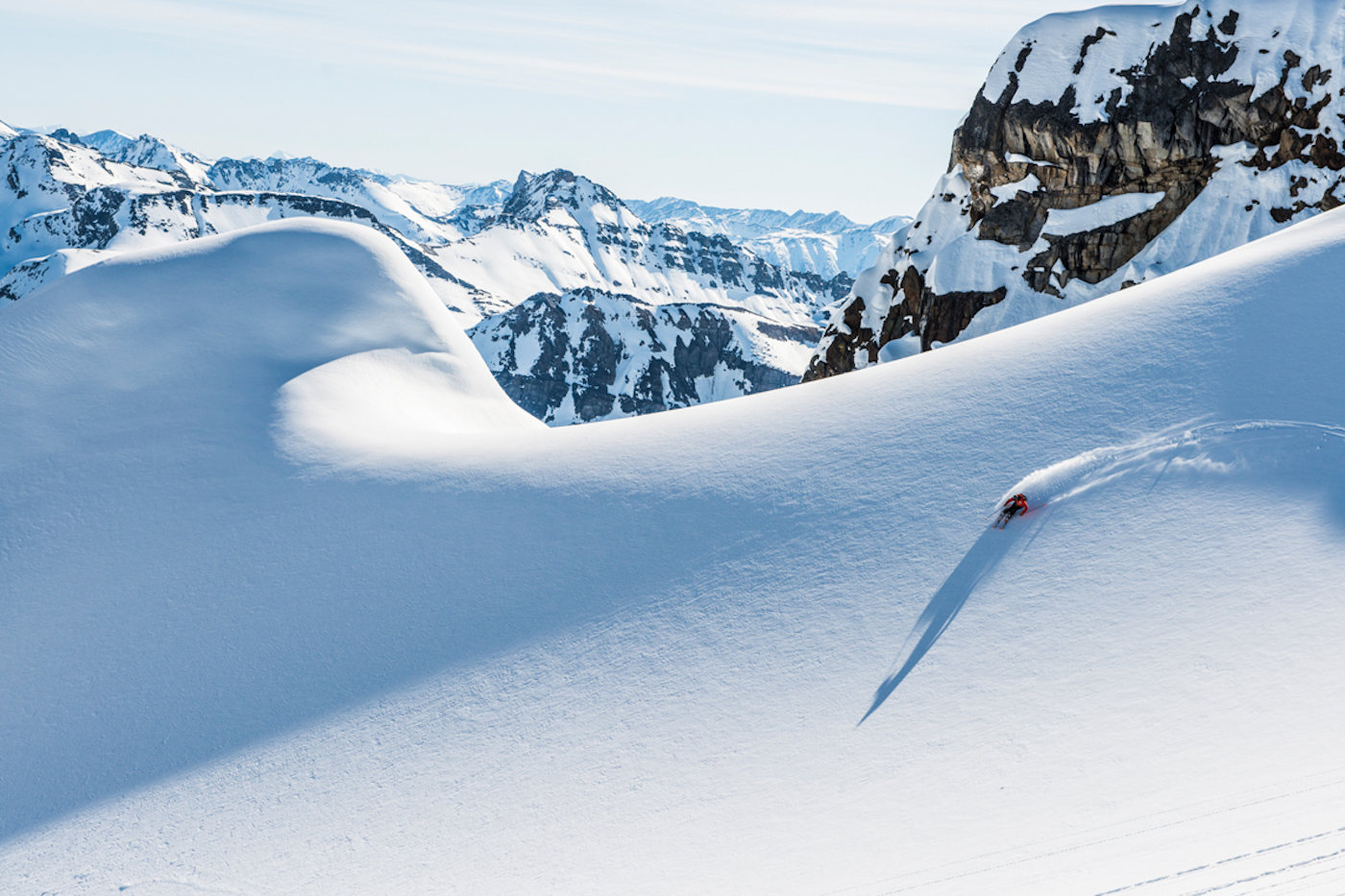
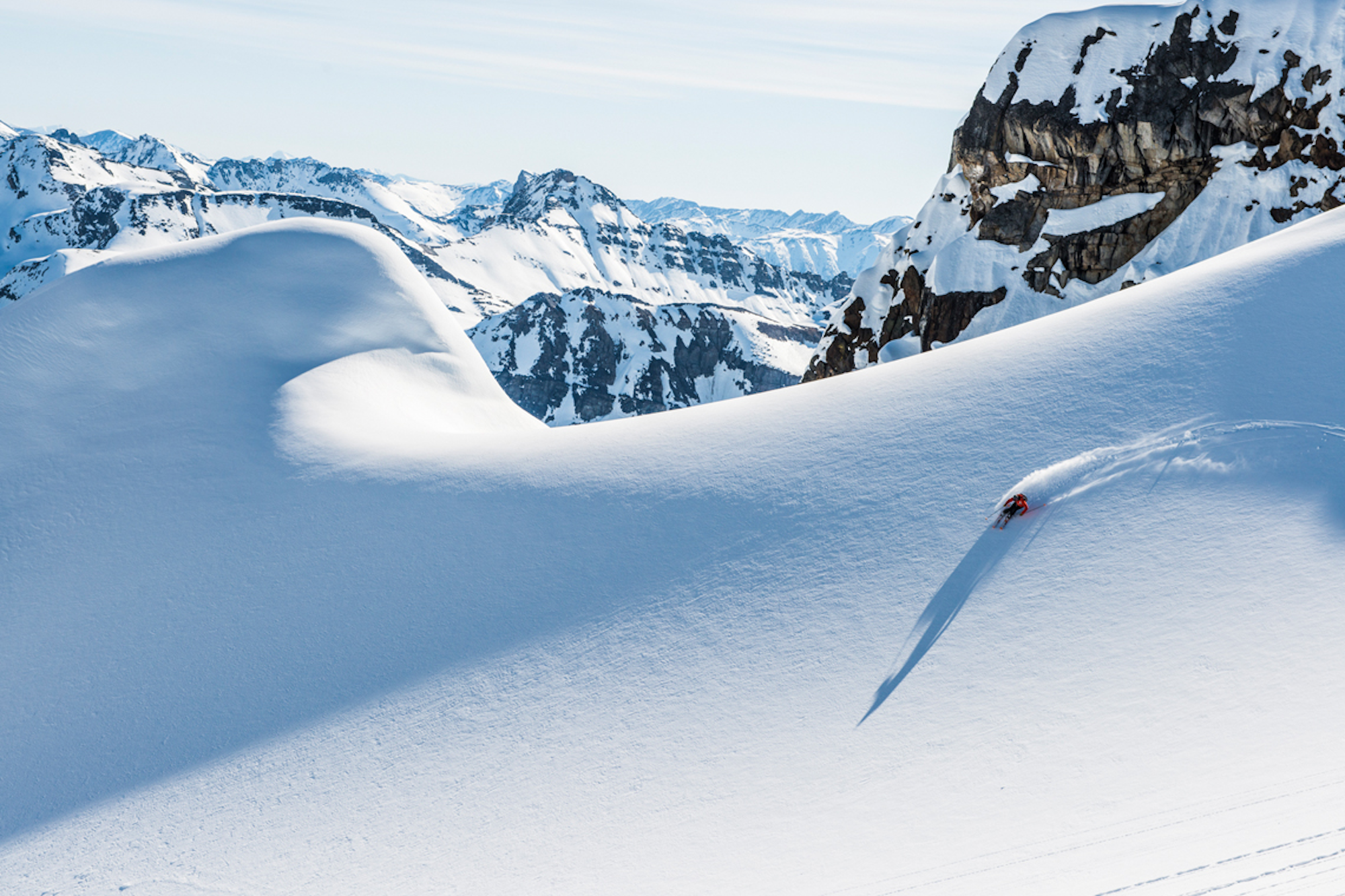
Image: Courtesy of CMH
Dave inspires confidence from the moment he checks your transceiver as you walk out to the heli in the morning until he calls it a day 13-14 heli bumps later. Unless you decide to quit early—and with the amount of fun you’re having, you won’t—you can expect at least 12 rides up in the heli per day, weather permitting. Every day the guides have a meeting before breakfast, which I attended, they discuss the terrain based on a reconnaissance mission performed earlier that morning. They consider every aspect of the runs, from quality of snow to playfulness of features, with safety and fun as the chief concerns. Using a computer program designed specifically for them, all the hands-on human-gathered data is analyzed, producing a four-level safety rating, of which only one category indicates that it is unquestionably safe to ski. After the rating of the runs is determined, the heli pilots, who also attend the meetings, have the final word. They will not fly to any part of the mountain if the wind or air quality make it unsafe. Dave oversaw these meetings, to which he occasionally offered his “gut feelings” about something. In fact, if anyone expressed doubt about the safety of a run, it would not be skied. Dave cultivates an atmosphere of mutual respect so everyone is comfortable expressing oneself about the safety of a run, and this goes for CMH’s guests, too. The same mutual respect and safety protocol is followed at all of CMH’s 12 lodges. As Dave explained to me, from having worked, like most of the other advanced guides, at many, if not all, of the lodges for some period over the years, such diligence is CMH’s most defining and resolute characteristic.
My skiing jumped leaps and bounds thanks to CMH and their expert guides. Do like I did, get to one of the lodges, meet the guides and let their vast knowledge boost your confidence in the mountains.
Average Annual Snowfall: 540 inches
Years Operating: 53
Terrain Accessed: 3 million acres
Annual Snowfall: 709 inches
Guest-to-Guide Ratio: 11:1 (Signature Trip); 4:1-5:1 (Small Group); 10:3 (Powder Intro)
Lodging On-Site: Yes, 10 backcountry lodges and two in-town
Single Heli Drops: No
Cat Types: Bell 212 / Bell 407
Vertical Policy: 100,000 feet minimum for 7 day trip

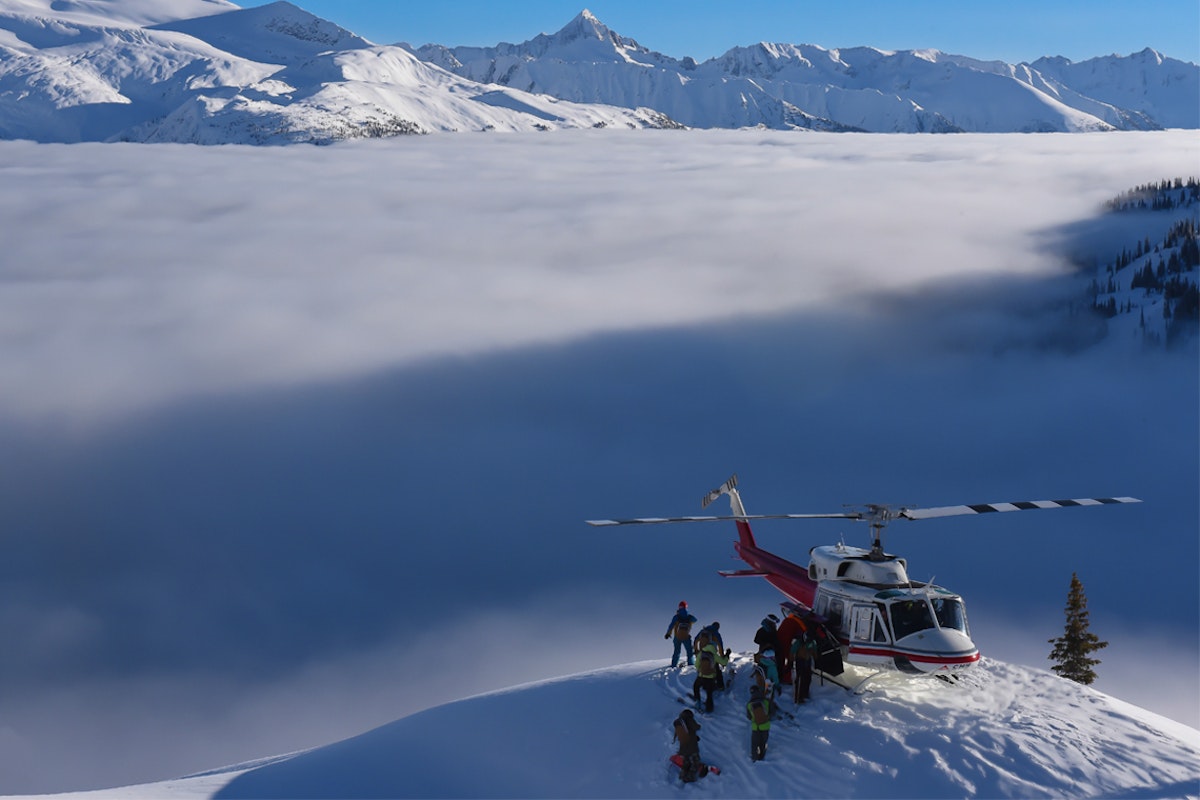
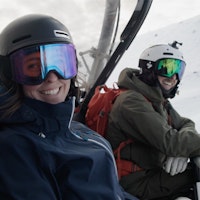
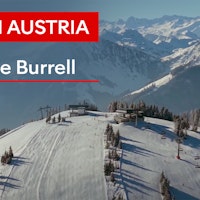
![[GIVEAWAY] Win a Head-to-Toe Ski Setup from IFSA](https://www.datocms-assets.com/163516/1765920344-ifsa.jpg?w=200&h=200&fit=crop)
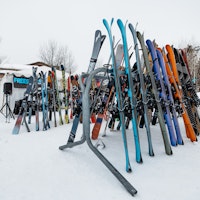
![[GIVEAWAY] Win a Legendary Ski Trip with Icelantic's Road to the Rocks](https://www.datocms-assets.com/163516/1765233064-r2r26_freeskier_leaderboard1.jpg?auto=format&w=400&h=300&fit=crop&crop=faces,entropy)
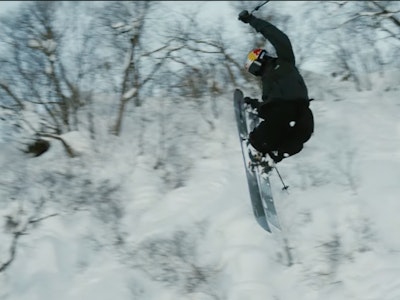

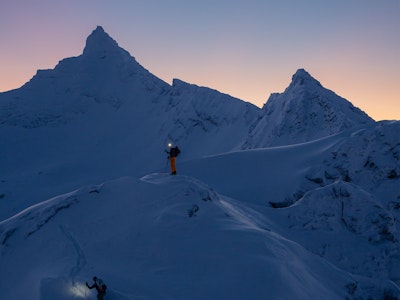
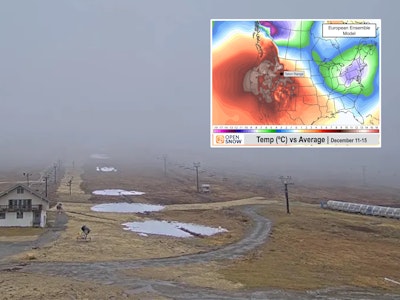
![[GIVEAWAY] Win a Head-to-Toe Ski Setup from IFSA](https://www.datocms-assets.com/163516/1765920344-ifsa.jpg?auto=format&w=400&h=300&fit=crop&crop=faces,entropy)
